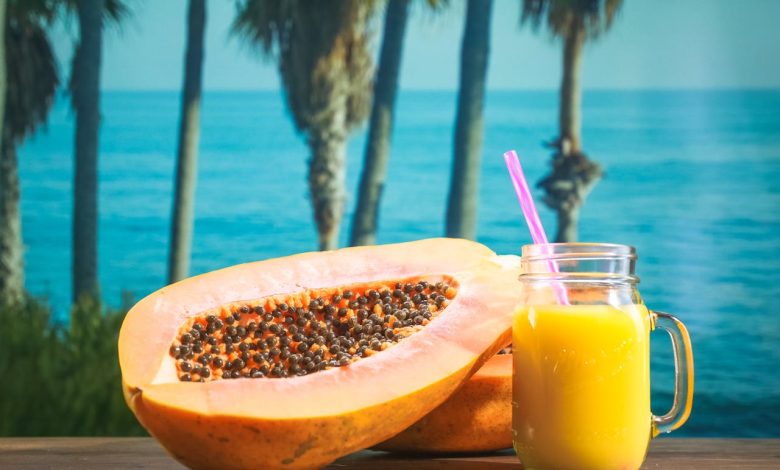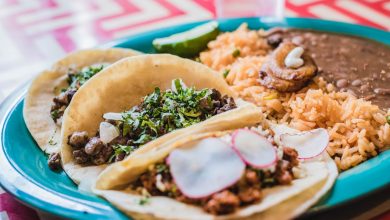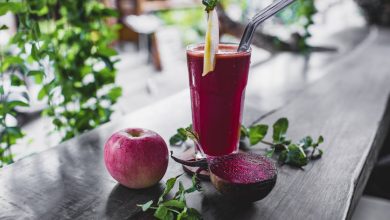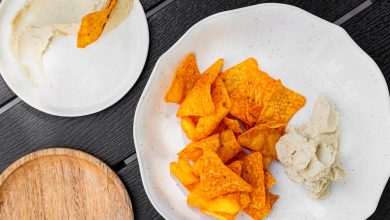The Paleo Diet: A Beginner’s Guide Plus a Simple Meal Plan

The Paleo Diet, also known as the “caveman diet,” has gained popularity for its focus on whole, unprocessed foods that our ancestors would have eaten. If you’re looking to improve your health, lose weight, or just feel better overall, the Paleo Diet might be worth trying. This guide will walk you through the basics of the Paleo Diet and provide you with a simple meal plan to get started.
What is the Paleo Diet?
The Paleo Diet is based on the idea of eating like our prehistoric ancestors. This means focusing on foods that could be hunted, fished, or gathered, such as meats, seafood, vegetables, fruits, nuts, and seeds. The diet eliminates processed foods, grains, legumes, dairy, and refined sugars. The goal is to return to a way of eating that’s more in line with how humans evolved, which proponents believe can lead to better health.
Key Principles of the Paleo Diet:
- Eat Whole Foods: Focus on fresh, unprocessed foods that are nutrient-dense.
- Avoid Grains and Legumes: These are excluded because they contain antinutrients like lectins and phytates, which some believe can cause digestive issues.
- No Dairy: Dairy products are avoided as they were not part of our ancestors’ diet.
- Eliminate Refined Sugars and Processed Foods: These are considered modern-day additions that contribute to chronic health problems.
- Focus on Healthy Fats: Include fats from sources like avocados, nuts, seeds, and grass-fed meats.
Benefits of the Paleo Diet
- Weight Loss: Many people find that they lose weight naturally on the Paleo Diet due to its emphasis on whole, nutrient-dense foods and the elimination of processed foods and sugars.
- Improved Digestion: By cutting out grains, legumes, and dairy, some people experience relief from digestive issues such as bloating, gas, and irritable bowel syndrome (IBS).
- Better Blood Sugar Control: The diet’s focus on low-glycemic foods can help stabilize blood sugar levels, which is beneficial for those with insulin resistance or diabetes.
- Increased Energy Levels: Eating whole, unprocessed foods provides steady energy throughout the day, avoiding the crashes that can come with high-sugar, processed foods.
What to Eat on the Paleo Diet
- Proteins: Grass-fed meats, poultry, pork, eggs, wild-caught fish, and seafood.
- Vegetables: All types, particularly non-starchy ones like leafy greens, broccoli, and bell peppers.
- Fruits: Berries, apples, oranges, bananas, and other fruits in moderation.
- Nuts and Seeds: Almonds, walnuts, flaxseeds, chia seeds, but limit peanuts as they are legumes.
- Healthy Fats: Olive oil, coconut oil, avocados, nuts, and seeds.
- Herbs and Spices: Use these to flavor your meals instead of processed sauces or dressings.
Foods to Avoid
- Grains: Wheat, oats, rice, and other grains.
- Legumes: Beans, lentils, peanuts, and soy.
- Dairy: Milk, cheese, yogurt, and butter.
- Refined Sugars: Sweets, candy, soda, and other sugar-laden foods.
- Processed Foods: Anything that comes in a box or package with a long list of ingredients.
Simple Paleo Meal Plan for Beginners
Here’s a basic 3-day meal plan to help you get started on the Paleo Diet.
Day 1:
- Breakfast: Scrambled eggs with spinach and mushrooms cooked in coconut oil, side of mixed berries.
- Lunch: Grilled chicken salad with mixed greens, avocado, cherry tomatoes, and olive oil dressing.
- Dinner: Baked salmon with roasted Brussels sprouts and sweet potatoes.
Day 2:
- Breakfast: Paleo smoothie with almond milk, banana, spinach, and a handful of almonds.
- Lunch: Lettuce wraps filled with turkey, avocado, tomato, and cucumber slices.
- Dinner: Grass-fed beef stir-fry with broccoli, bell peppers, and coconut aminos.
Day 3:
- Breakfast: Omelet with bell peppers, onions, and sliced avocado on the side.
- Lunch: Tuna salad made with avocado, mixed greens, and a squeeze of lemon juice.
- Dinner: Grilled pork chops with sautéed kale and roasted carrots.
Tips for Success on the Paleo Diet
- Plan Ahead: Planning your meals and snacks in advance can help you avoid non-Paleo foods and stick to your diet.
- Prepare for Cravings: Have healthy snacks like nuts, fruits, or cut veggies on hand to combat cravings.
- Stay Hydrated: Drinking plenty of water can help keep you full and support your body as it adjusts to the new diet.
- Listen to Your Body: Everyone’s body is different. Pay attention to how you feel and adjust the diet to meet your needs.
The Paleo Diet can be a great way to eat more whole foods and reduce processed food intake, leading to improved health and well-being. By following this beginner’s guide and meal plan, you’ll be well on your way to embracing a healthier, more natural way of eating. Remember, it’s not about perfection—it’s about making choices that nourish your body and help you feel your best.



